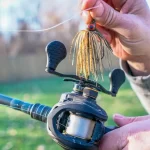Striped bass, also known as stripers, are highly sought after game fish known for their exciting fights and delicious flesh. Spring is an excellent time to target striped bass, as they migrate from their wintering grounds to spawn in coastal rivers and estuaries. In this article, we will guide you on how to catch striped bass in the spring, providing you with valuable tips and techniques to enhance your fishing success.
Introduction
Fishing for striped bass in the spring can be an exhilarating experience for anglers of all skill levels. As the water temperature warms up, striped bass become more active and feed voraciously, making them easier to catch. By understanding their habits, equipping yourself with the right gear, and employing effective techniques, you can increase your chances of landing these prized fish.
Understanding the Habits of Striped Bass
To become a successful striped bass angler, it is crucial to understand their behavior and habits. Striped bass are migratory fish, and in the spring, they make their way from the ocean to spawn in freshwater rivers and estuaries. They are known to follow baitfish, such as herring and shad, which are abundant during this time of year. By knowing their migration patterns and feeding habits, you can strategically position yourself for a successful fishing outing.
Essential Gear for Striped Bass Fishing
When it comes to striped bass fishing, having the right gear is essential. Your fishing rod should be medium to heavy in action, capable of handling the weight and strength of a striped bass. Pair it with a quality spinning or baitcasting reel, depending on your preference. It is recommended to use monofilament or braided fishing line with a suitable pound test to withstand the powerful runs of these fish. Don’t forget to bring a tackle box stocked with a variety of lures and baits designed for striped bass.
Locating Striped Bass in the Spring
Finding the right spots to target striped bass is crucial for a successful fishing trip. Look for areas with structure, such as rocky points, jetties, and submerged vegetation, as these provide hiding places for baitfish and attract stripers. Additionally, pay attention to bird activity, as diving seabirds often indicate the presence of feeding stripers below. Estuaries, river mouths, and shallow flats are also prime locations to find striped bass in the spring.
Best Baits and Lures for Spring Striped Bass
There is a wide range of baits and lures that can effectively entice striped bass during the spring season. Live bait options include fresh herring, bunker, and eels, which can be rigged with a fish finder rig or under a bobber. When it comes to lures, topwater plugs, soft plastic swimbaits, bucktail jigs, and spoons are popular choices. Experiment with different colors and sizes to find what works best for the specific conditions you are fishing in.
Tackle and Techniques for Spring Striper Fishing
Successful striped bass fishing in the spring requires the right tackle and techniques. Depending on the fishing location and conditions, you can employ various methods such as trolling, drifting, casting, and jigging. Adjust your presentation based on the depth of the water and the behavior of the fish. Pay attention to the speed of your retrieve and vary it to trigger strikes. Patience and persistence are key when targeting striped bass.
Drift Fishing for Striped Bass
Drift fishing is a popular technique for targeting striped bass in the spring. It involves allowing your bait or lure to drift naturally with the current, covering a larger area and increasing your chances of encountering feeding fish. Use a drift sock or sea anchor to control your drift speed and maintain your position. Drift fishing can be highly effective when targeting striped bass near structure or in open water.
Casting Techniques for Striped Bass
Casting is another productive method for catching striped bass. When casting, focus on areas where baitfish are present or structure that may hold stripers. Make accurate and long casts to cover more water and increase your chances of attracting fish. Use a variety of retrieves, including steady retrieves, jerks, and pauses, to mimic the movement of injured or fleeing baitfish. Remember to adjust your retrieve speed based on the response of the fish.
Tides and Currents: Their Impact on Striper Fishing
Understanding the influence of tides and currents on striped bass behavior is vital for successful fishing. Striped bass are often more active during tidal changes, as the movement of water triggers feeding activity. Learn how to read tide charts and plan your fishing trips accordingly. Fishing around slack tides, when the water is not moving, can be less productive. Focus your efforts during incoming or outgoing tides for optimal results.
Weather Conditions and Their Influence on Striped Bass Behavior
Weather conditions play a significant role in the feeding patterns and behavior of striped bass. Overcast days or low-light conditions can stimulate feeding activity, as stripers are more comfortable hunting in reduced light. Pay attention to wind direction and its impact on water movement and baitfish distribution. Rainfall can also create runoff, carrying nutrients into the water and attracting striped bass. Adapt your fishing strategy based on the prevailing weather conditions.
Catch and Release Practices for Striped Bass
Striped bass are a valuable resource, and practicing catch and release is crucial for their long-term sustainability. Handle the fish with care, using wet hands or a landing net to minimize damage to their protective slime layer. Remove the hook gently and release the fish back into the water as quickly as possible. If you plan to keep a few fish for consumption, ensure they meet the legal size and bag limit requirements.
Safety Tips for Spring Striper Fishing
While enjoying your spring striped bass fishing adventures, prioritize safety. Wear a personal flotation device (PFD) at all times, especially if you are fishing from a boat. Be cautious when wading in unfamiliar areas and watch out for strong currents. Stay informed about any boating regulations and navigational hazards in the fishing area. Additionally, make sure to bring sunscreen, insect repellent, and sufficient drinking water to stay hydrated.
The Thrill of Landing a Striped Bass
Catching a striped bass in the spring is an adrenaline-pumping experience that every angler desires. The power and strength of these fish make them formidable opponents, putting your skills and gear to the test. As you feel the rod bend and the line scream off the reel, the excitement builds. Maintain a steady pressure on the fish, keeping the line tight and preventing it from shaking the hook. Be patient and let the striped bass tire itself out before attempting to bring it closer to the boat or shore. Finally, when the fish is within reach, carefully net it or land it by hand, savoring the victory of a successful catch.
Conclusion
Spring is a prime time for striped bass fishing, offering anglers the opportunity to hook into these magnificent fish. By understanding their habits, having the right gear, and employing effective techniques, you can increase your chances of success. Remember to respect the fishery by practicing catch and release and following regulations to ensure the sustainability of striped bass populations for future generations. So grab your gear, head to the water, and embark on an exciting adventure to catch striped bass in the spring.
FAQs (Frequently Asked Questions)
Q1. What is the best time of day to catch striped bass in the spring?
The best time of day to catch striped bass in the spring is during low-light conditions, such as dawn and dusk. Stripers are more active during these times, as the reduced light makes them more comfortable and triggers their feeding instincts.
Q2. What are some popular bait options for spring striped bass fishing?
Popular bait options for spring striped bass fishing include fresh herring, bunker, eels, and live shad. These baits mimic the natural forage of stripers and can be highly effective in enticing them to strike.
Q3. Can I catch striped bass from the shore in the spring?
Absolutely! Shore fishing for striped bass in the spring can be productive, especially near river mouths, jetties, and rocky points. Pay attention to tidal movements and structure to increase your chances of success.
Q4. Are there any size or bag limits for striped bass?
Yes, there are size and bag limits for striped bass, which vary depending on your location. It is important to familiarize yourself with the fishing regulations in your area and adhere to the legal requirements to preserve the fishery.
Q5. What is the importance of catch and release for striped bass?
Catch and release practices are crucial for the long-term sustainability of striped bass populations. By releasing fish unharmed, you contribute to the conservation of the species and ensure their availability for future generations of anglers.
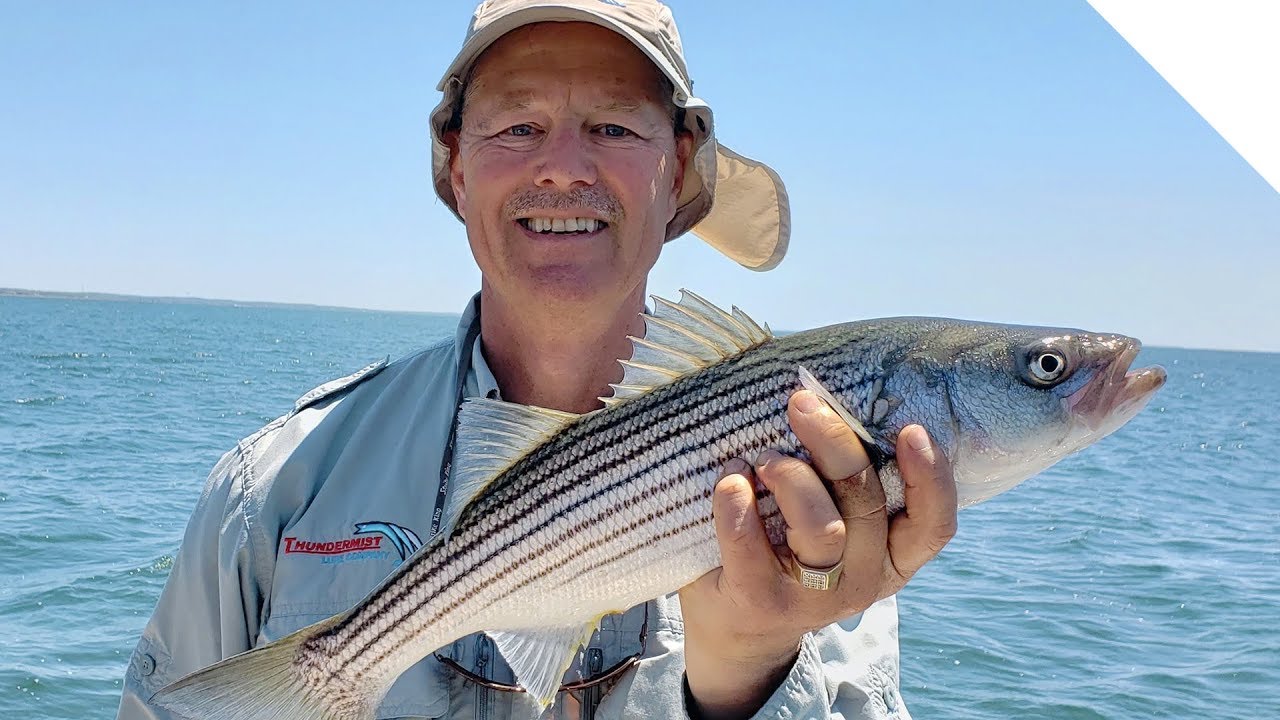


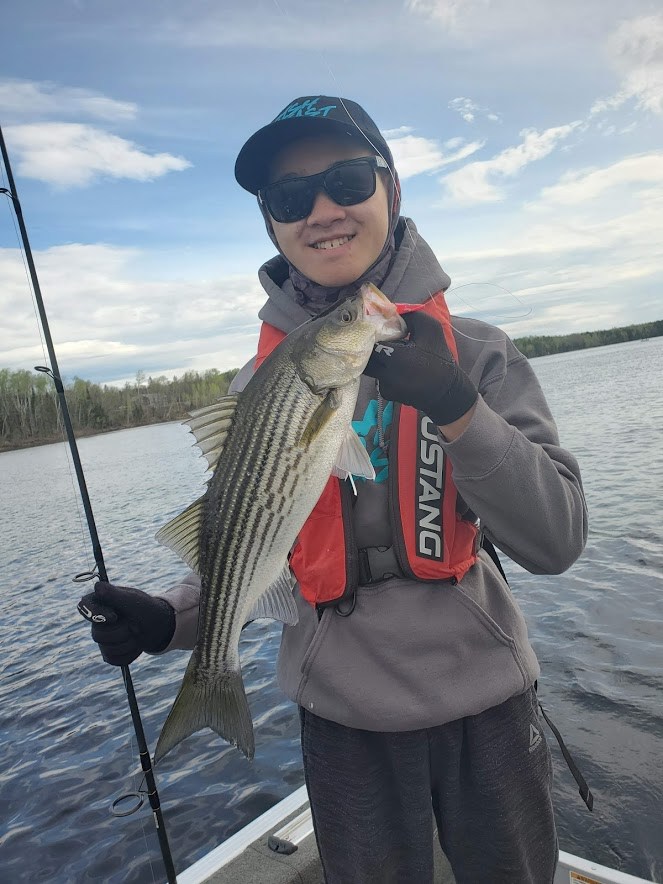
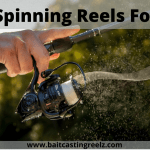
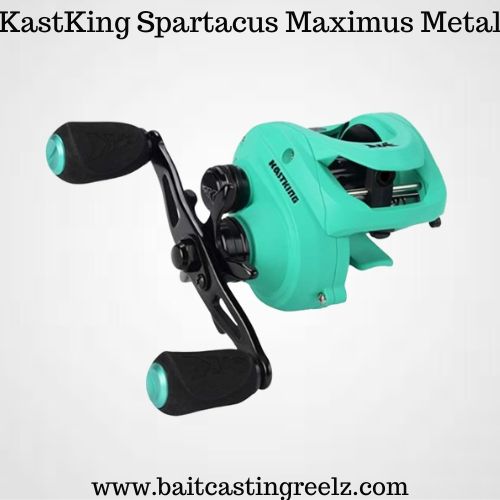
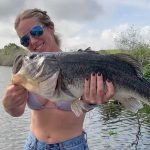
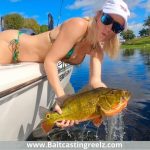
![Best Spinning Rods For Beginners 2023 - [Suitable For Catching Bass] The best spinning rods](https://baitcastingreelz.com/wp-content/uploads/2021/08/The-Best-Spinning-Rods-150x150.jpg)
